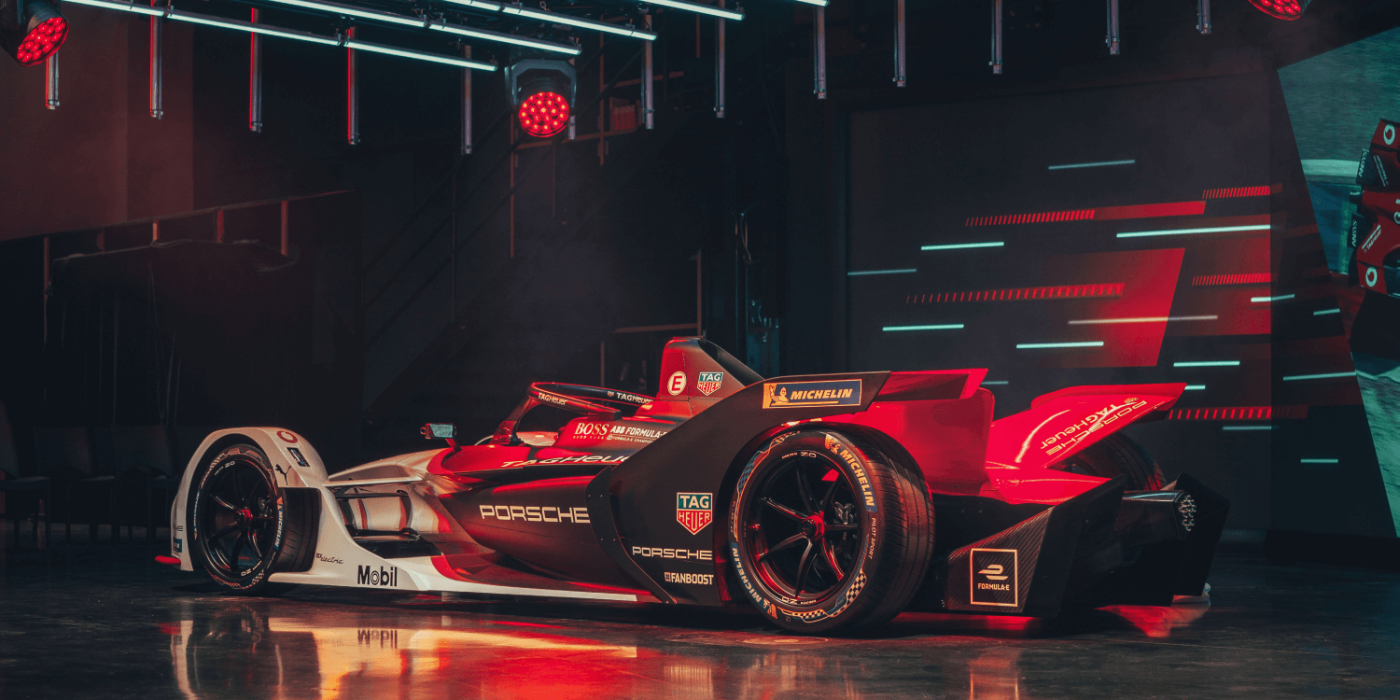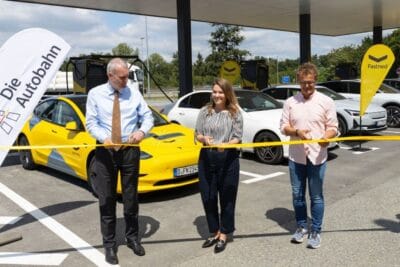Formula E launches tender for Gen3 cars
The FIA has published technical tenders on the third generation of Formula E racing cars. The Gen3 cars, which will be used from 2022 onwards, will offer more power with less weight and a new drive. Pit stops will return to the race, but this time, for charging.
Back in the day, the battery capacity in the Gen1 racing cars was still so low that the drivers had to drive to the pits in the middle of the race to switch to a second car. With the current Gen2 vehicles that have been in use since 2018, the energy content is enough to go the entire race distance. Now, with Gen3 vehicles, pit stops are returning – not for changing cars, but for ultra-rapid charging stops. In October this year, the recently-appointed Formula E CEO Jamie Reigle hinted that the electric racing series would devote itself to the topic of charging times with the third generation of racing cars – this is now official.
The FIA has now published the current call for tenders for seasons 9 (2022/23), 10 (2023/24) and 11 (2024/25). However, the World Automobile Association is sticking to its concept with numerous standard parts to reduce costs: the production and delivery of a standard battery, a standard chassis and the provision of the tyres are put out to public tender.
There is also a second electric motor on the front axle. However, this may not be used for propulsion, but only for recuperation. To keep the challenge greater for the drivers, the Gen3 vehicles should also have a pure rear-wheel drive. Also, the standard chassis should be somewhat shorter and narrower, and above all, lighter. The FIA estimates the total weight, including the driver at 780 kilograms, 120 kilograms less than before. Above all, the battery, which currently weighs 385 kilograms, is to be made lighter by exactly 101 kilograms.
Some points remain open, such as performance. In the invitation to tender, the FIA also mentions two scenarios that interested companies must take into account. In option A, the power in the race is 300 kW (currently 200 kW), in qualification, with attack mode or fan boost the power is to be increased to 350 kW – now 250 kW. The recuperative power of the front engine in this variant is 350 kW, with the rear engine up to 250 kW are permitted. The battery capacity should be 51 kWh, one-kilowatt-hour less than in the current Gen2 cars.
In option B, all performance data is somewhat reduced. Here the racing power is given as 250 LW, and the increased power is 300 kW. Recuperation is also lower at 250 kW in the front and 200 kW in the rear. The energy content here is still 49 kWh.
The two scenarios also concern the pit stop for a quick charge: In option A, up to 600 kW charging capacity should be permitted, in option B only 450 kW. The aim is for the cars to be able to absorb around 4 kWh of usable energy in 30 seconds. However, the charging system is not in the hands of the manufacturers and will not be put out to tender. The Formula E promoter wants to provide the charging system and the infrastructure itself.
The application deadline for chassis, battery and standard tyres is 31 March 2020, and the FIA wants to select one winner each by summer. Crash tests are to follow at the beginning of 2021, and at the beginning of 2022, manufacturers will each receive a development car in which they can test their drives. The final Gen3 vehicles are to be delivered in August 2022.
Meanwhile, the new Extreme E electric SUV series has introduced the race calendar for the premiere season in 2021. It includes five races in Senegal, Saudi Arabia, Nepal, Greenland and Brazil.
e-racing365.com, motorsport.com, fia.com, (Formula E)
motorsport.com, autosport.com, extreme-e.com (Extreme E)





2 Comments